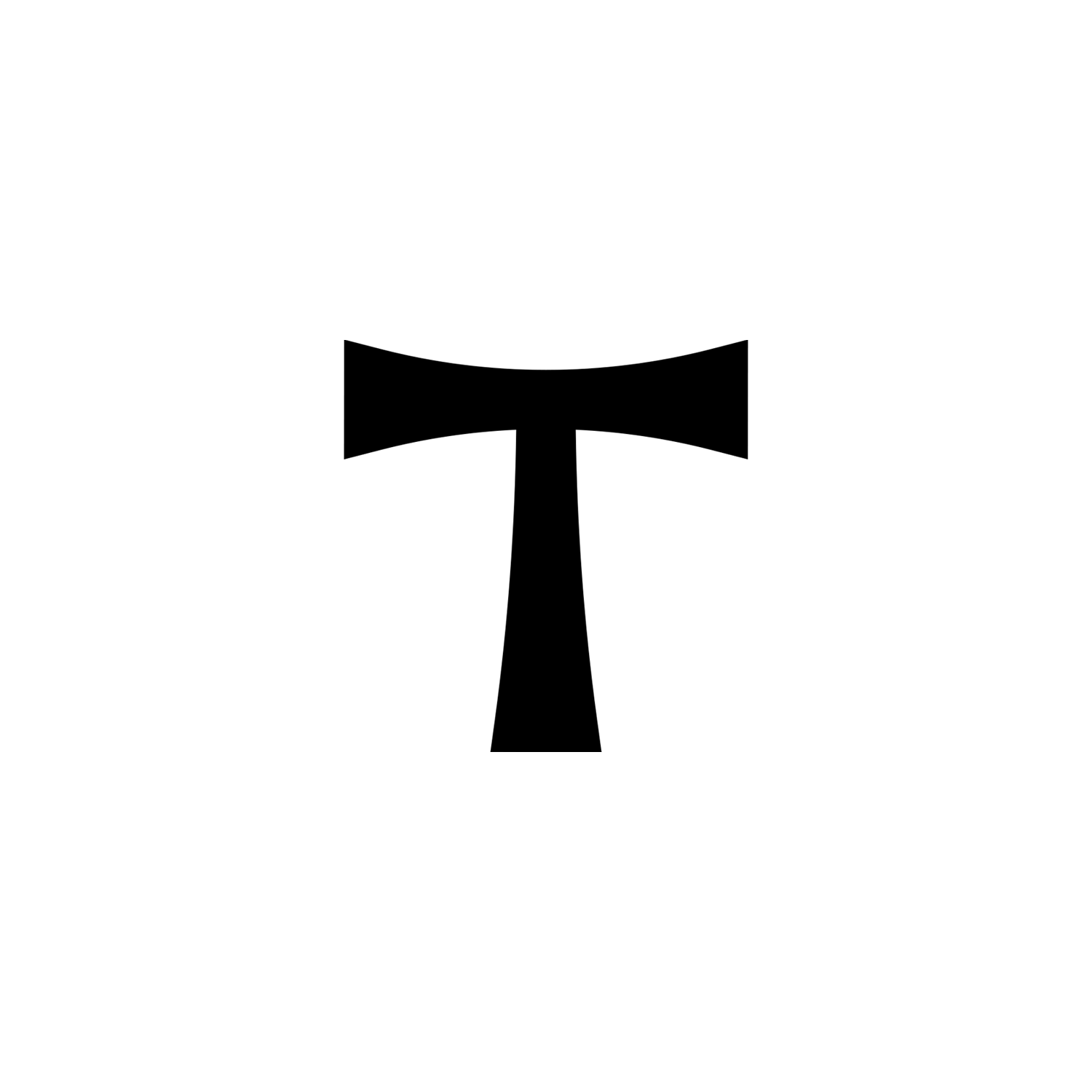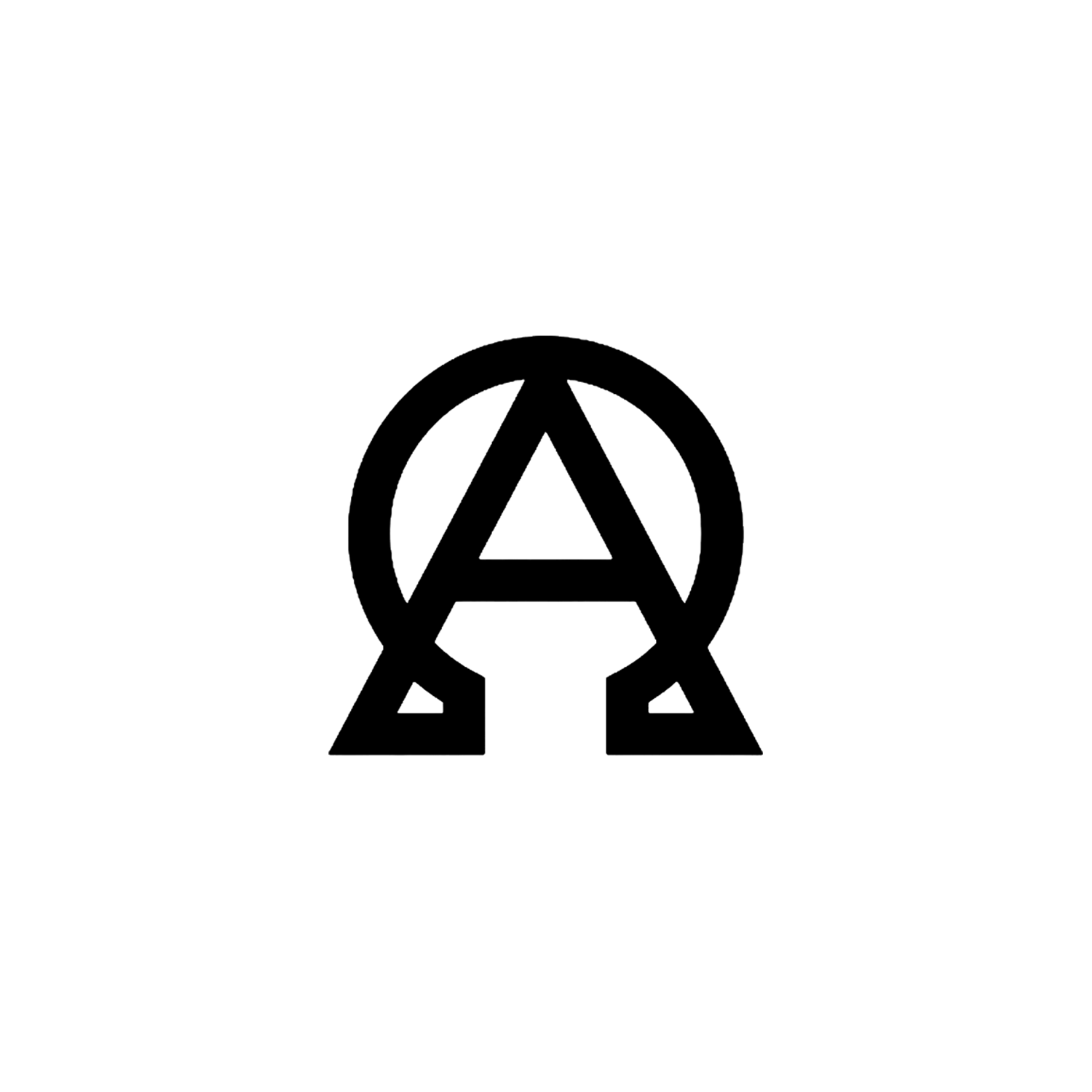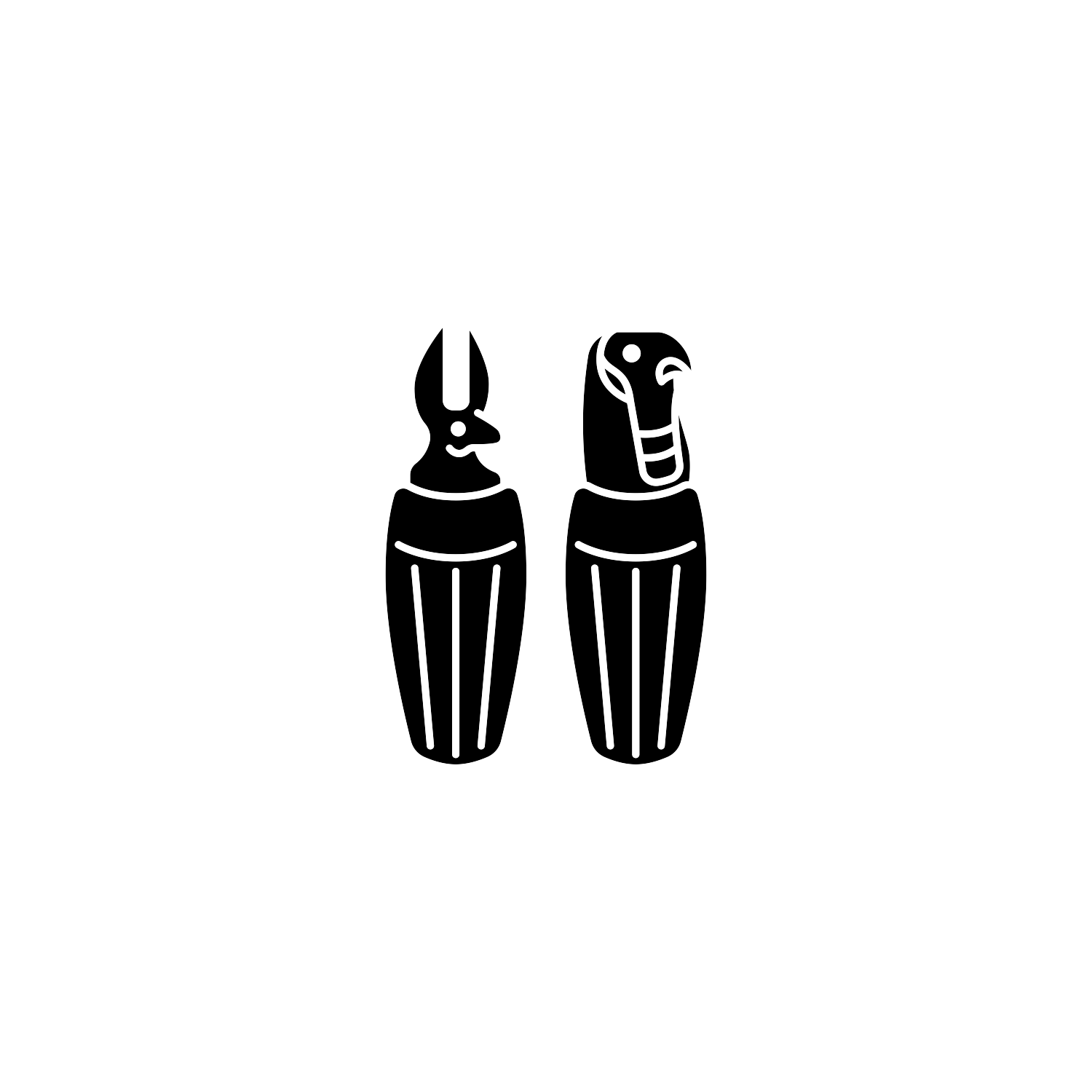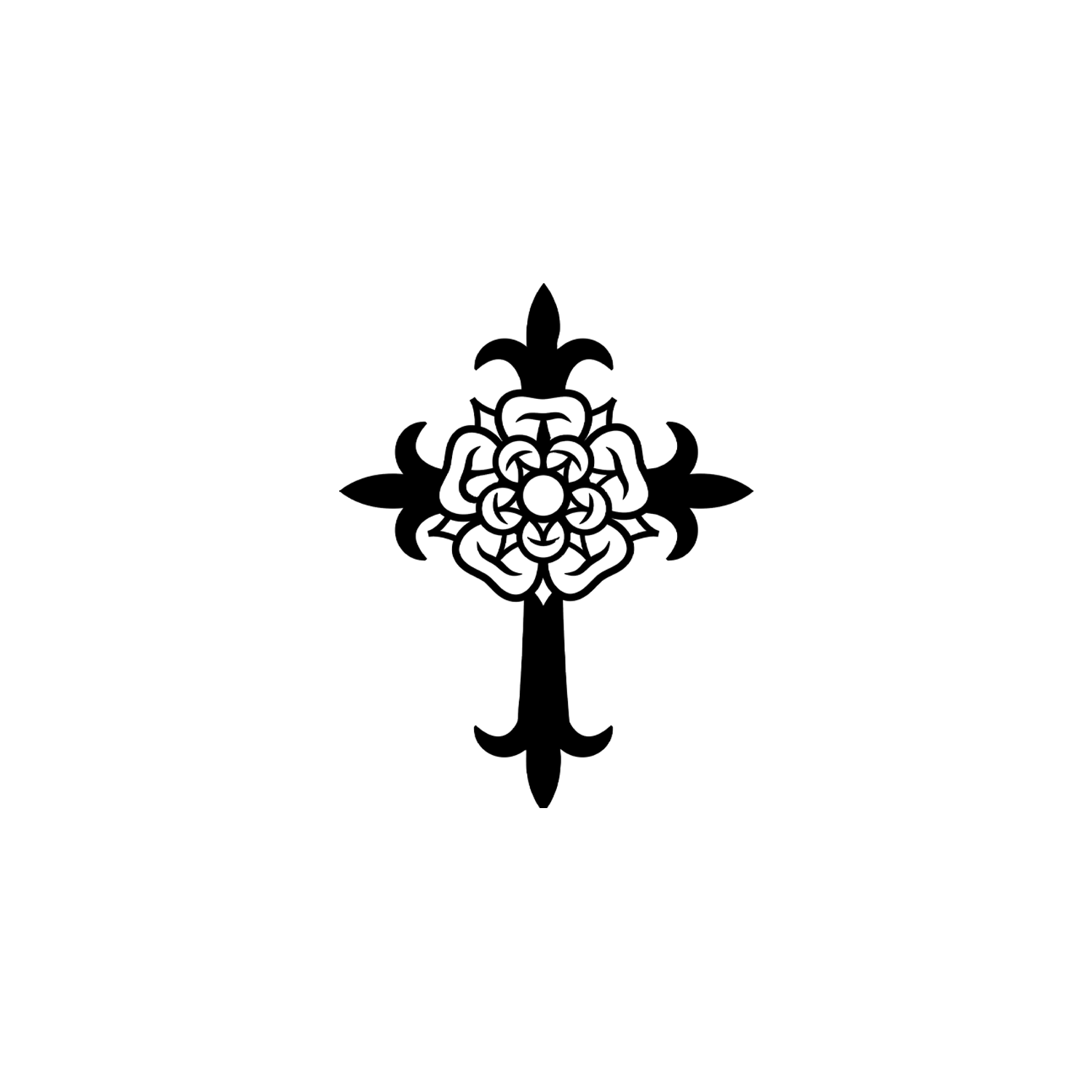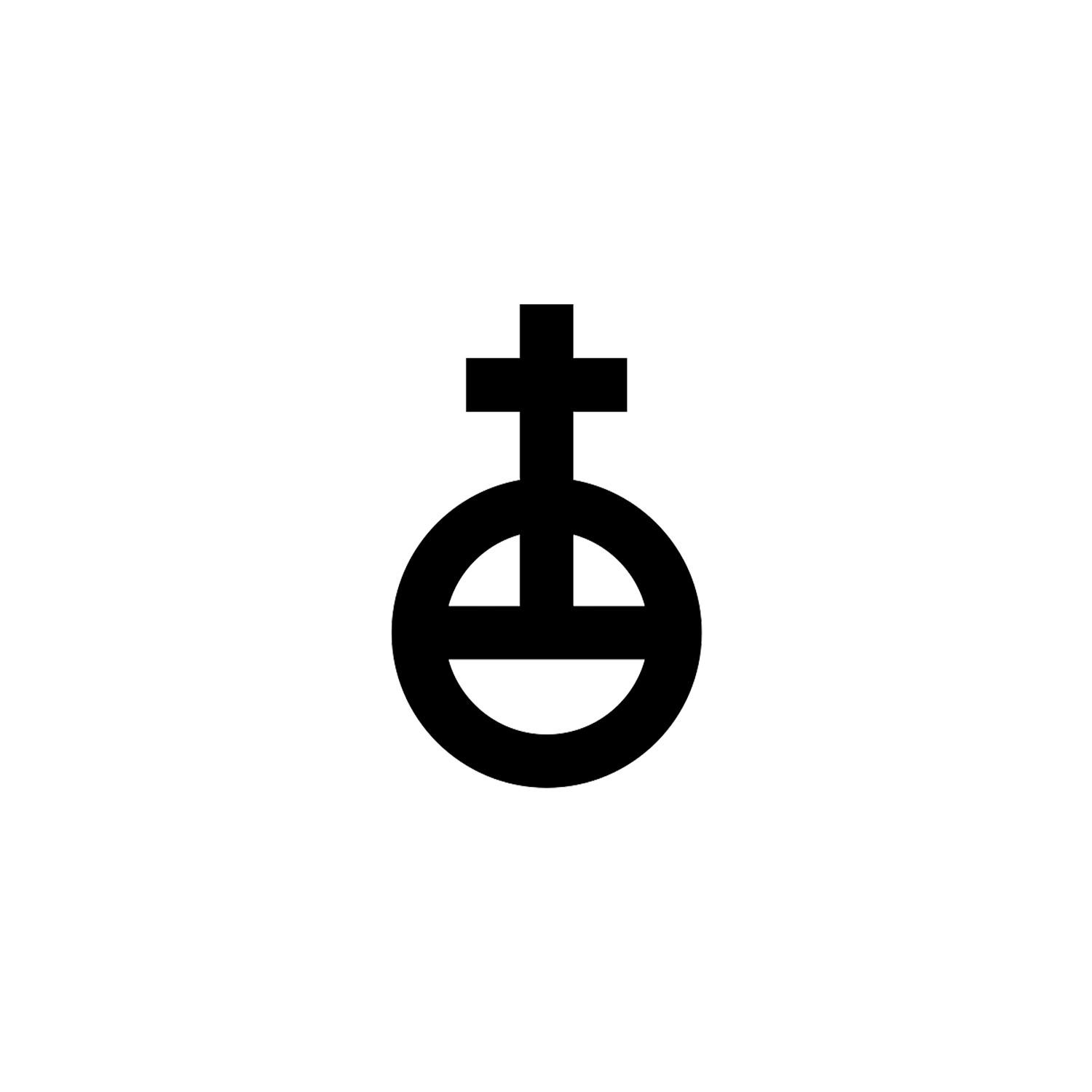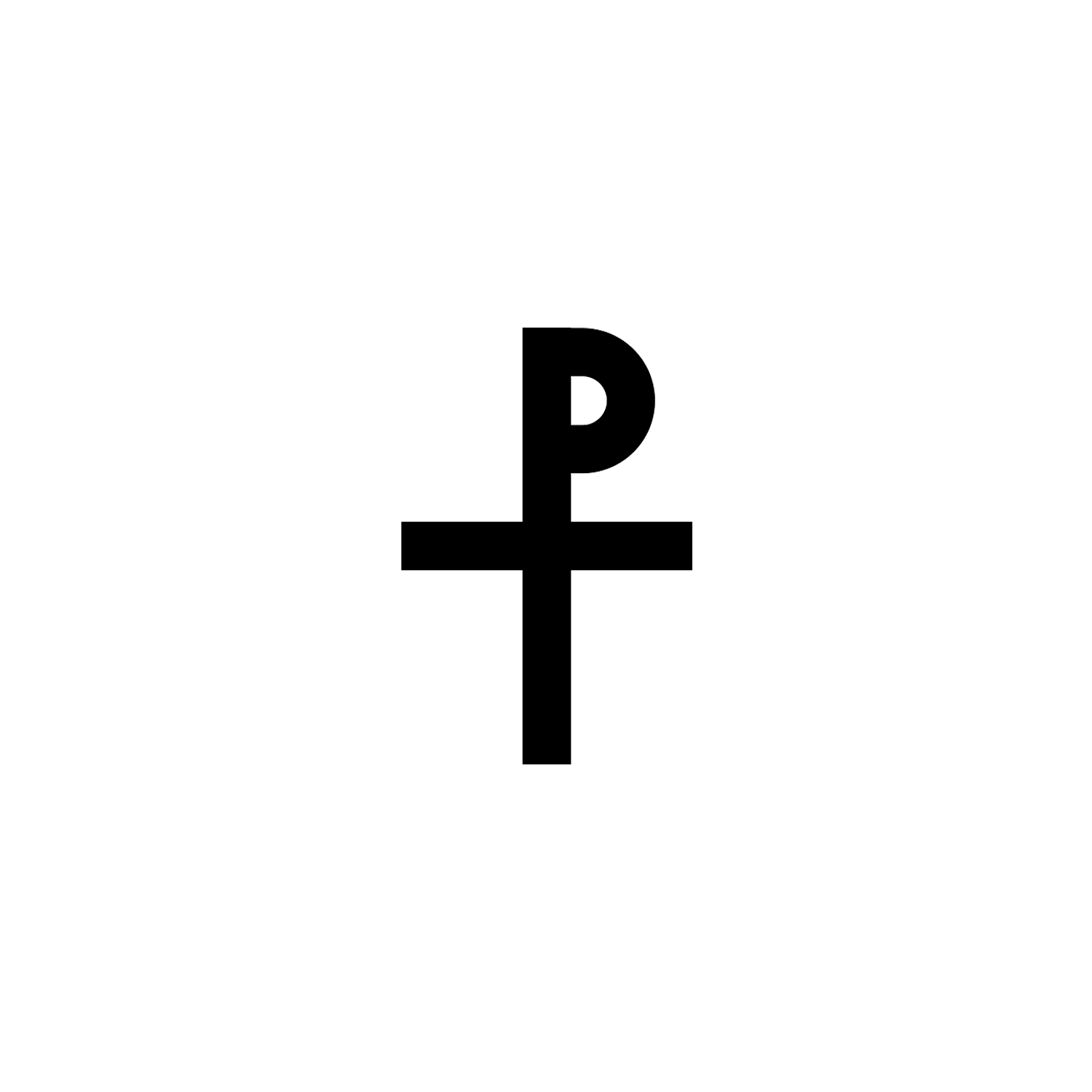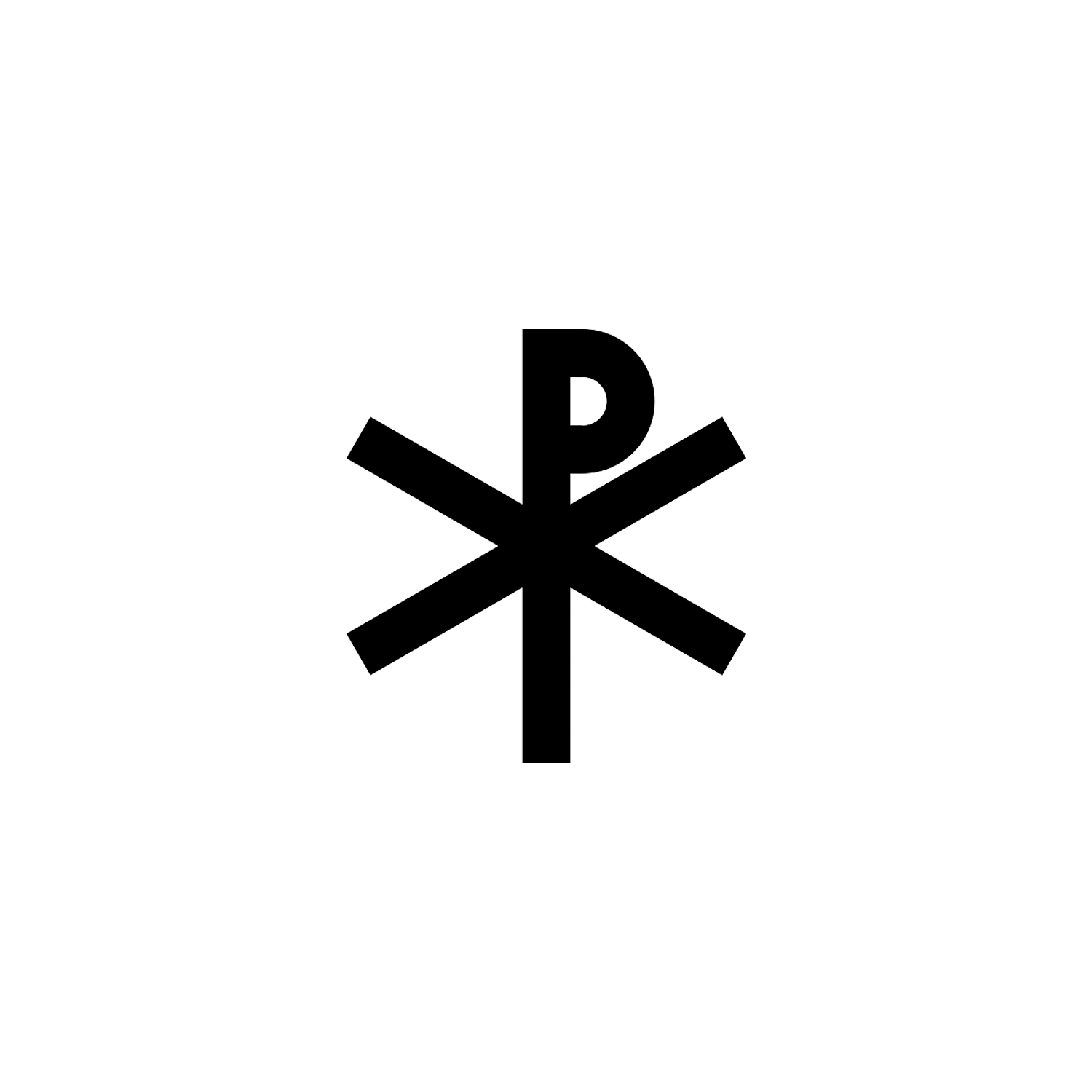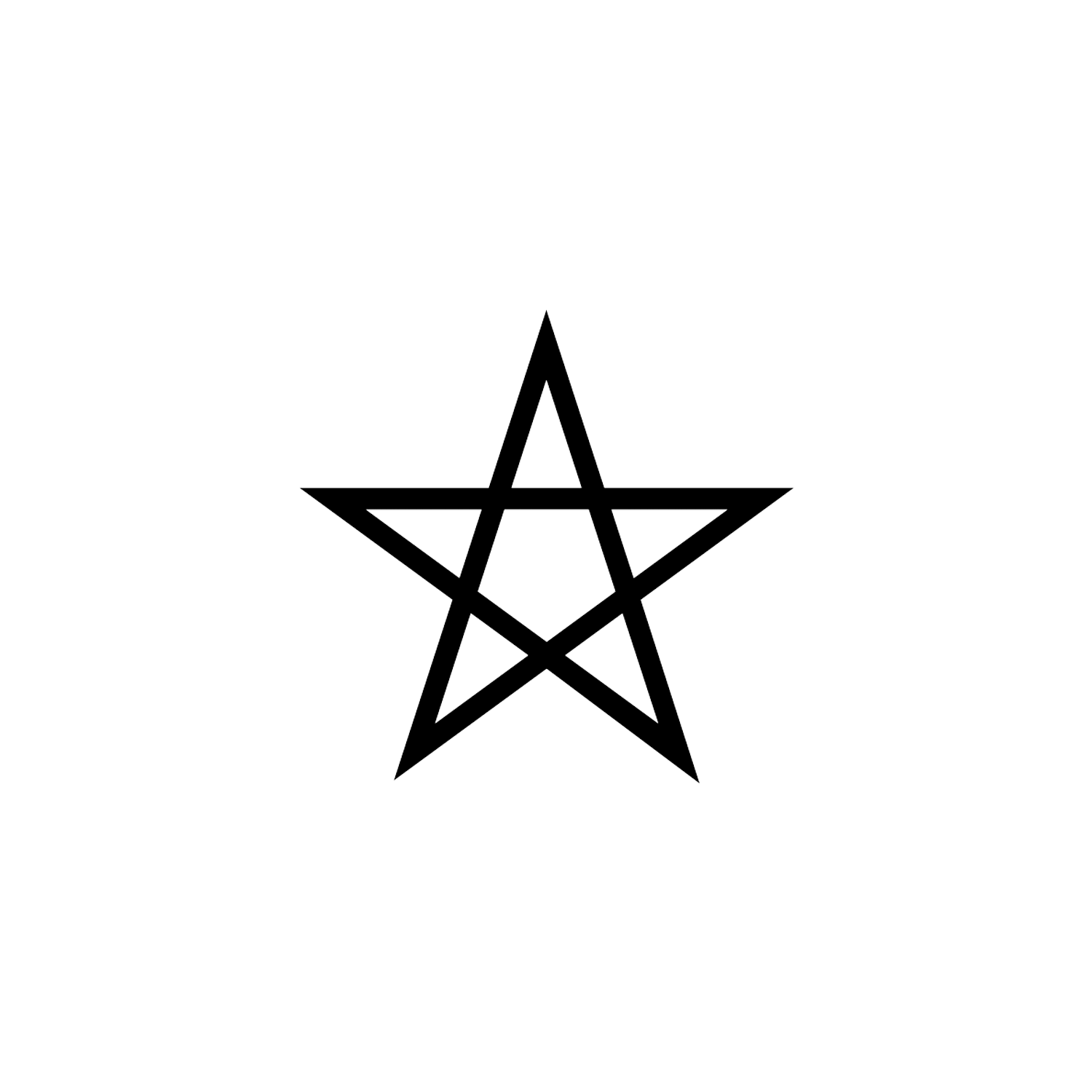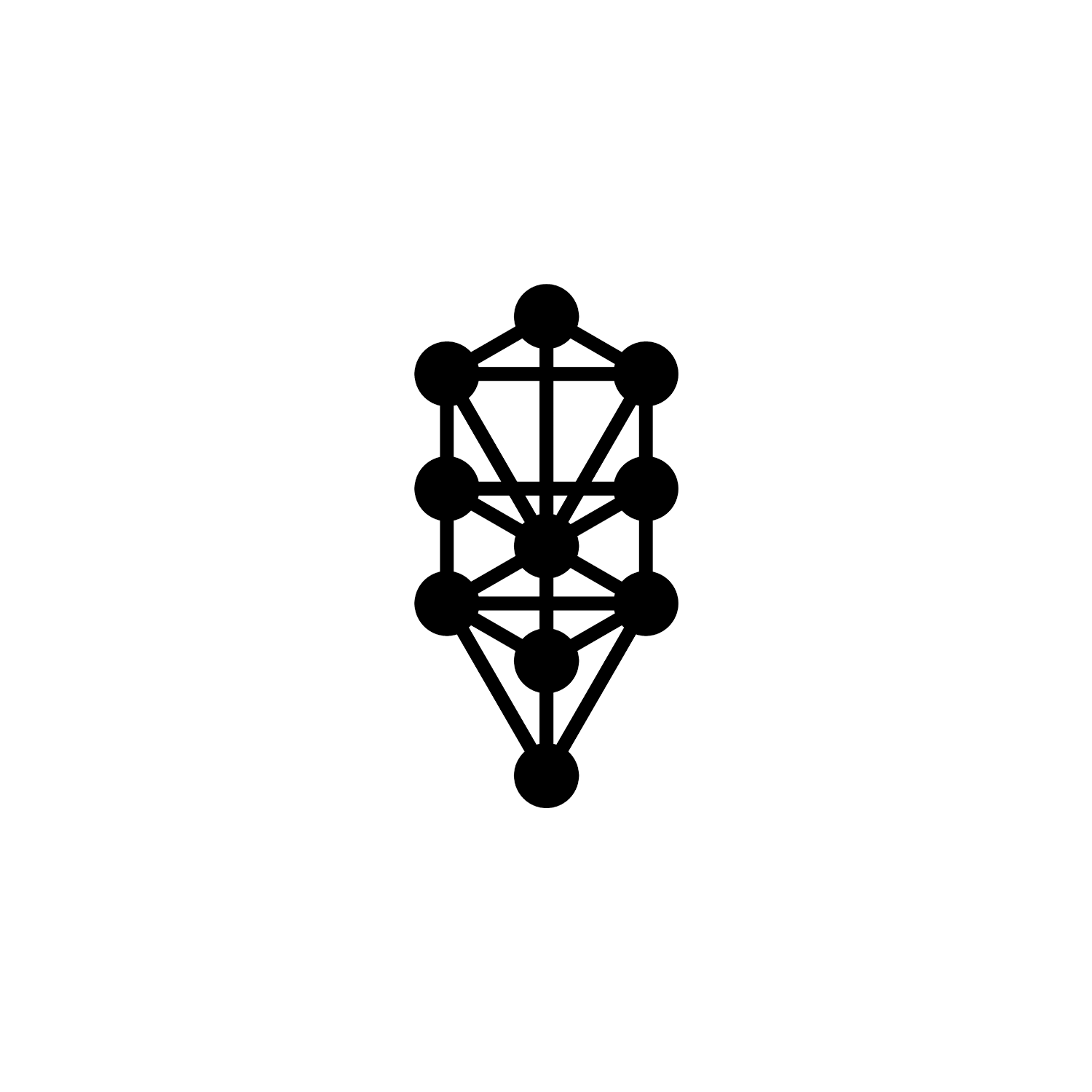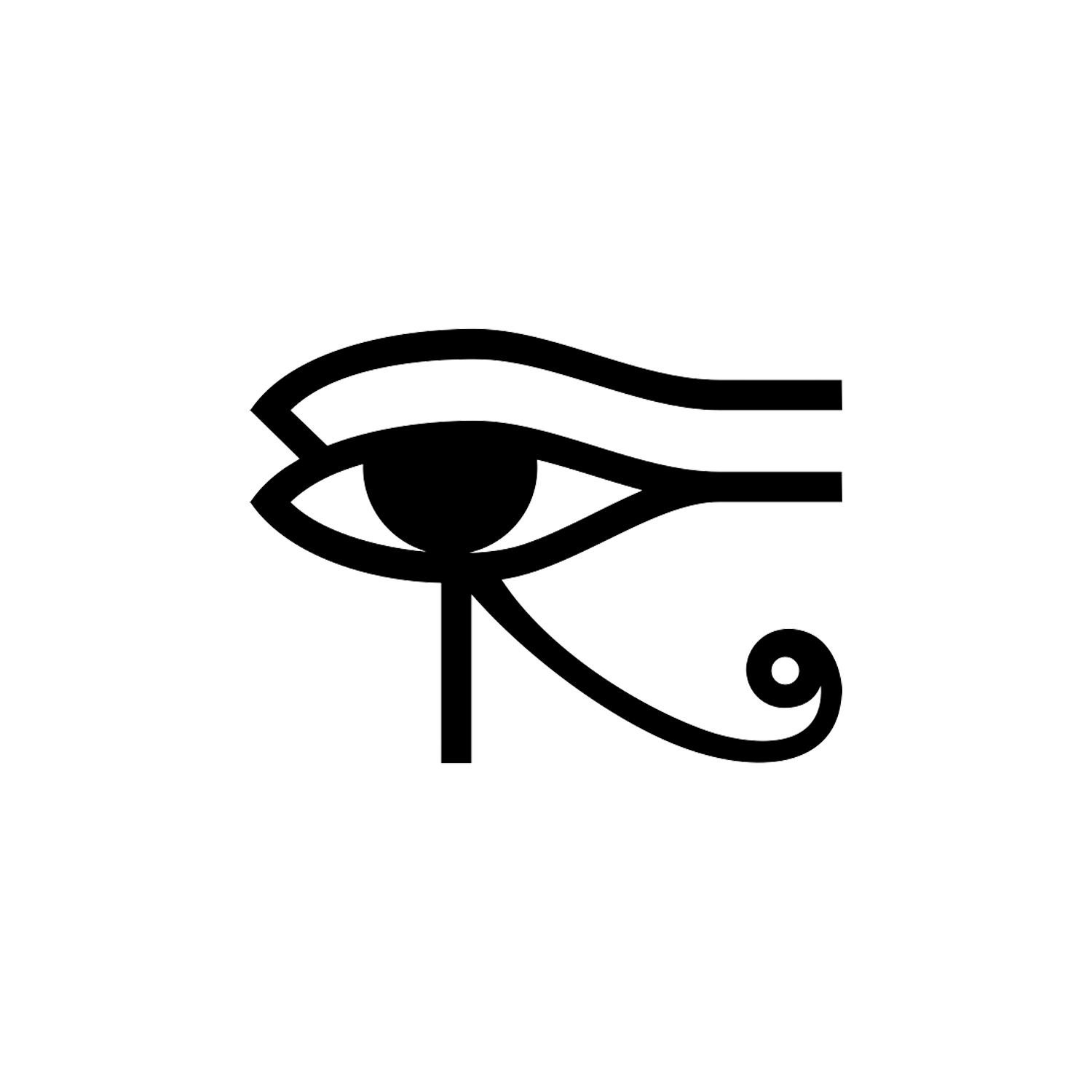Keys of Heaven


Keys of Heaven
Also referred to as Saint Peter's Keys.
Overview
The Keys of Heaven, also called Saint Peter’s Keys, refers to the metaphorical keys of the office of Saint Peter, the keys of Heaven, or the keys of the kingdom of Heaven. It is explicitly referenced in the Bible in Matthew 16:19.
The symbol consists of two crossed keys facing upwards, with rounded open bows and large bits (with varying ornamentation).
Origin and Meaning
According to Catholic doctrine[1], Jesus entrusted Saint Peter with the keys to heaven, granting him authority to take binding actions.[2] In the Gospel of Matthew 16:19[3], Jesus tells Peter, “I will give you the keys of the kingdom of heaven, and whatever you bind on Earth shall be bound in heaven, and whatever you loose on Earth shall be loosed in heaven.” Saint Peter is commonly depicted in Catholic and Eastern Orthodox art holding a key or set of keys.
These keys, known as the Keys of Heaven or Saint Peter’s Keys, symbolize papal authority. They are featured on the coats of arms of individual popes, as well as those of the Holy See and Vatican City State. The keys signify Peter’s reception of the keys to the kingdom of heaven, along with the authority to bind and loose, and the responsibility for the care and governance of the entire Church.[4]

The Power of the Keys, also known as the Office of the Keys, is a responsibility given to St. Peter to usher in the Kingdom of God on the Day of Pentecost, and a responsibility given to the other apostles by Jesus, according to Matthew 16:19 and Matthew 18:18. It is understood as a responsibility to admit or exclude from church membership (excommunicate), to set church policy and teachings (dogma), to render binding interpretations of Sacred Scripture (ancient rabbis were known to make binding interpretations of the Mosaic law), and to bind and loose sins.
The symbolism also appears on the Coat of Arms of the State of Vatican City.
The insignia is red with the two keys crossed as the Cross of St. Andrew, one gold and one silver, with the cotter pointed upwards and towards the sides of the shield. Two cords hang from the grips of the keys, usually red or blue.
The shield is surmounted by the tiara or triregnum. Two ribbons hang from the tiara, each with a patent cross.
Ordinarily the keys have the mechanical part placed up, facing to the right and the left and usually in the form of a cross, not for the mechanisms of a lock, but as a religious symbol. The grips (bows) vary according to artistic taste, from the Gothic to the Baroque.
Since the XIV Century[5][6], the two crossed keys have been the official insignia of the Holy See. The gold one, on the right, alludes to the power in the kingdom of the heavens, the silver one, on the left, indicates the spiritual authority of the papacy on earth.
The mechanisms (bits) are turned up towards the heaven and the grips (bows) turned down, in other words into the hands of the Vicar of Christ. The cord with the bows that unites the grips alludes to the bond between the two powers. The combination of a gold and silver key is a somewhat later development.[7][8]

When Pope Gregory IX waged war against Emperor Frederick II in 1228, papal troops were described by Richard of San Germano as “bearing the sign of the keys” (clavigeros hostes or clavesignati). The keys appeared on their banners and were sewn onto their clothing over their breasts. The conflict is consequently called War of the Keys.[9]
While the physical wearing of the papal tiara has ceased since the time of John Paul I and his successors, it continues to hold significance as a heraldic symbol of the papacy. The addition of a crown to the Pope’s headgear in 1130 was emblematic of sovereignty over the Papal States. In 1301, during a period of conflict with Philip IV of France, Boniface VIII introduced a second crown to signify the primacy of his spiritual authority over secular powers. Later, in 1342, Benedict XII incorporated a third crown to denote the superiority of papal religious authority over temporal monarchs. Over time, the original symbolism of the three crowns became obscured, evolving instead to represent the pope’s roles as priest, ruler, and teacher.[10]

The gold key is placed in bend also in the sede vacante emblem, with the tiara replaced by an umbraculum (umbrella) said to represent the absence of a pope and the temporary governance of the Camerlengo of the Holy Roman Church over the temporal affairs of the Holy See[11], and in the arms of the Papal States.

The Vatican City flag, adopted in 1929, coincided with Pope Pius XI’s signing of the Lateran Treaty with Italy, establishing Vatican City as an independent state under the governance of the Holy See.[12] This flag features a vertical bicolour design of yellow and white, with the white portion bearing the coat of arms of Vatican City, depicting a papal tiara and the crossed keys of Saint Peter. It was inspired by the 1808 flag of the Papal States, which also displayed a yellow-and-white bicolour with the tiara and keys positioned in the center. The flag is sometimes referred to as Flag of the Holy See.[13]
As it turns out, there’s a good chance that the coats of arms on many of the Vatican flags you’ve seen out in the world are rendered incorrectly. It took until 2023 for the internet to start taking notice.
What is “wrong” about these flags? It’s a small detail in the grand scheme of things but easy to spot once you know about it. The erroneous image includes a red disk at the bottom of the papal tiara as well as a different shade of yellow on portions of the coat of arms.[14]

The current papal flag originated in the Papal States, where it was introduced for merchant and fishing vessels on September 17, 1825.[15] It was used until the Papal States disappeared in 1870, but not on land; and it was not the only papal flag. Other flag designs were used by Papal States militias, forts, armed vessels, or by the general public. Many of these flags are preserved in museum deposits or are attested in contemporary art.
Authorized papal flags often changed with each new pope. Until the seventeenth century, they often had red fields bearing papal emblems. From the seventeenth through the nineteenth centuries, they usually had white fields (like the French royal standard) charged with various papal symbols. In the 1800s, yellow-and-white flags began to appear, and grew in frequency.
These colors were based on a yellow-and-white papal cockade first introduced by Pius VII on 13 March 1808 for papal troops and diplomats who remained loyal to the pope and who opposed the occupation of the Papal States by Napoleon. He abolished it and exiled the pope; but it was resurrected after Napoleon’s downfall and the restoration of the Papal States in 1814-1815.
In 1825, the first yellow-and-white flags were introduced for various maritime purposes, but the navy retained its old white designs. On land assorted yellow-white flags were soon employed by the Civic Guard (1831-1848) and the papal infantry (ca. 1831-1870). By mid-century various yellow-white flags were used by private citizens, some state fortresses (from at least 1849), and the Palatine Guard (from 1859). Their designs changed periodically and usually bore various papal emblems, but the final papal infantry color was a plain yellow-white flag with no emblem (1862-1870).
The same flag design – a plain yellow-white vertical bicolor – flew from Castel Sant’Angelo, the major papal fortress in Rome, upon its seizure by Italian forces in September 1870. It is preserved by the Vatican Historical Museum. A similar flag, but with the tiara-keys emblem bisecting the stripes, flew in 1870 at Rome’s Porta Pia fortifications, and is also held by the Vatican.

The latter two designs remained in use by various papal loyalists during the Roman Question period (1870-1929) which followed the fall of Rome until the creation of Vatican City. The one with the emblem served as the proto-national papal flag at the Vatican and related offices.
Conclusion
The Keys of Heaven, a metaphor to the office of Saint Peter are a symbol closely related to the Papacy and the Vatican, yet you could see them anywhere in the world on Catholic churches.
The symbol is rooted in a Bible verse, but history has expanded its meaning through religion, war, trade and politics.
[1] "The episcopal college and its head, the Pope (para 881)". Catechism of the Catholic Church. Vatican Archives.
[2] Mannion, Gerard; Mudge, Lewis S., eds. (30 January 2008). The Routledge Companion to the Christian Church. Routledge. p. 235. ISBN 978-0415374200.
[3] Matthew 16:19
[4] Joyce, George (1911). "Power of the Keys". The Catholic Encyclopedia. Vol. 8. New York: Robert Appleton Company.
[5] "A red shield bearing two white crossed keys, and surmounted by the tiara, is to be seen in a window of Bourges Cathedral accompanying the achievements of Antipopes Clement VII and Benedict XIII, and other examples of these tinctures are to be found in manuscripts dating from the time of the former of these antipopes and from that of Nicholas V, in a series of shields painted on the ceiling formerly in the church of San Simone at Spoleto (ca. 1400), in the 15th-century glass in the cathedrals of York and of Carpentras, in various 15th-century books of arms both English, German, and Italian, as well as in Martin Schrot's book of arms which is as late as 1581." Donald Lindsay Galbreath, A Treatise on Ecclesiastical Heraldry (W. Heffer and Sons, 1930)
[6] "From the beginning of the 14th century, the two crossed keys constitute the arms of the papacy. The field of the shield is generally gules (red) and the cord is azure (blue). Most often the key placed in bend is gold and the one placed in bend sinister is silver; sometimes they are both gold, or, less often, silver" (Michel Pastoureau, "Keys" in Philippe Levillain, The Papacy: An Encyclopedia (Routledge 2002 ISBN 9780415922302), vol. 2, p. 891).
[7] "From the beginning of the 14th century, the two crossed keys constitute the arms of the papacy. The field of the shield is generally gules (red) and the cord is azure (blue). Most often the key placed in bend is gold and the one placed in bend sinister is silver; sometimes they are both gold, or, less often, silver" (Michel Pastoureau, "Keys" in Philippe Levillain, The Papacy: An Encyclopedia (Routledge 2002 ISBN 9780415922302), vol. 2, p. 891).
[8] Donald Lindsay Galbreath, A Treatise on Ecclesiastical Heraldry (W. Heffer and Sons, 1930), p. 9
[9] G. A. Loud (2016), "The Papal 'Crusade' against Frederick II in 1228–1230", in Michel Balard (ed.), The Papacy and the Crusades, Routledge, pp. 92, 98; Brett Edward Whalen (2019), The Two Powers: The Papacy, the Empire, and the Struggle for Sovereignty in the Thirteenth Century, University of Pennsylvania Press, p. 36.
[10] "Andrea Cordero Lanza di Montezemolo, "Coat of Arms of His Holiness Benedict XVI"". vatican.va.
[11] Guruge, Anura (16 February 2010). The Next Pope. Anura Guruge. ISBN 9780615353722. Google Books.
[12] Becker, Rev. William M. (Jan–Mar 2012). "The Vatican Flag: Proportions & Alternatives" (PDF). NAVA News. Trenton, New Jersey: North American Vexillological Association. Archived from the original (PDF) on 6 June 2021.
[13] "United Nations to Raise Holy See Flag on September 25". En.radiovaticana.va. Archived from the original on 2015-09-24.
[14] McKeown, Jonah (8 April 2023). "Wikipedia had the wrong Vatican City flag for years. Now incorrect flags are everywhere". Catholic News Agency. Archived from the original on 2023-04-11.
[15] Becker, Rev. William M. "Flag of Vatican City". Archived from the original on 6 January 2016.
Latest Symbols
Monthly Digest
A summary of symbols for the month in a quick read format straight to your inbox.

